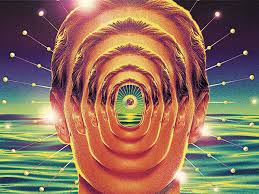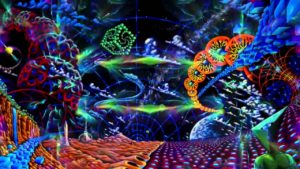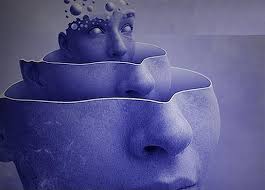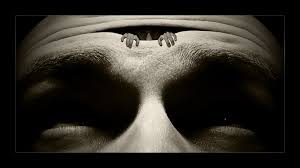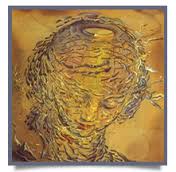We have seen that all experiences retained in electrically coded data within the cells and that the material of the cells forms about this coded experience. We have seen that the ego begins, sparked into being by the inner self, greatly influenced by heredity and physical environment; and that this ego, as it continues to exist, builds up an electrical reality of its own and forms its experiences into the coded data within the cells.
At any given ‘point,’ the ego is complete within electrical reality as it is psychologically complete within the physical universe. This includes the retention of its dreams as well as the retention of purely physical data.
The electrical system is composed of electricity that is far different from our idea of it. Electricity, as we perceive it, is merely an echo emanation or a sort of shadow image of these infinite varieties of pulsation which give actuality to many phenomena with which we are familiar, but which do not appear as tangible objects within the physical field.
This electrical system is vastly dense. This is a denseness that does not take up space, a denseness caused by an infinity of electrical fields of varying ranges of intensity. Not only are no two of these electrical fields identical, but there are no identical impulses within them.
The gradations of intensities are so minute that it would be impossible to measure them, and yet each field contains in coded form the actual living reality of endless egos; contains what we would call the past, present, and future of unnumbered universes; contains the coded data of any and every consciousness that has been or will be, in any universe; those that have appeared to vanish, and those which, seemingly, do not yet exist.
This density is extremely important, for it is a density of intensities. And it is the infinite variety and gradations of intensity that makes all identities possible and all gestalts, all identities in terms of personalities and fields and universes. It is this density, with this infinite variety of intensity, which allows for both identity and change.
The electricity that is perceivable within our system is merely a projection of a vast electrical system that we cannot perceive. So far, scientists have been able to study electricity only by observing the projections of it that are perceivable within their terms of reference. As their physical instruments become more sophisticated, they will be able to glimpse more of this reality, but since they will not be able to explain it within their known system of references, many curious and distorted explanations of reported phenomena will be given.
Yet the inner self offers so many clues. It operates outside of physical references. It is, of itself, free of the distorted effects peculiar to the physical system. A study of dreams, for example, would make many of these points clear, yet many scientists consider such work beneath them.
Why has no one suspected that dream locations have not only a psychological reality but a definite actuality? A study of dream locations is most important. Dream locations are composed of electrical mass, density and intensity. Here is another point: Definite work may be done in a dream, but the physical arms and legs are not tired. This would seem contrary to our known laws, but no one has looked into this.
It is most difficult to even hint at the myriad complexity and dimension of the electrical actuality as it exists. When we consider that each of our own thoughts is composed of a unique intensity of impulse, shared by nothing else; that the same may be said for every dream we will have in our lifetime; and that all our experiences is gathered together in particular ranges of intensity, again completely unique; and that the summation of all that we are exists in one minute range or band of intensities, then we will see how difficult this is to explain.
This not only applies to our physical field but also to all others. Our field is contained within its own range of intensities, a tiny band of electrical impulses a million times smaller than one note picked at random from the entire mass of musical composition that has ever been written or ever will be written. I am not going too deeply into this now because some blog readers are not ready. But because of the infinite range of intensities available, each individual has limitless intensities within which he or she can move.
All motion is mental or psychological motion, and all mental or psychological motion has its electrical reality: The inner self moves by moving through intensities. Each new experience opens up a new pulsation intensity. To move through intensities within the electrical system gives the result, in the physical field, of moving through time. We will also discuss this in later blogs, in connection with so-called astral travel.









































